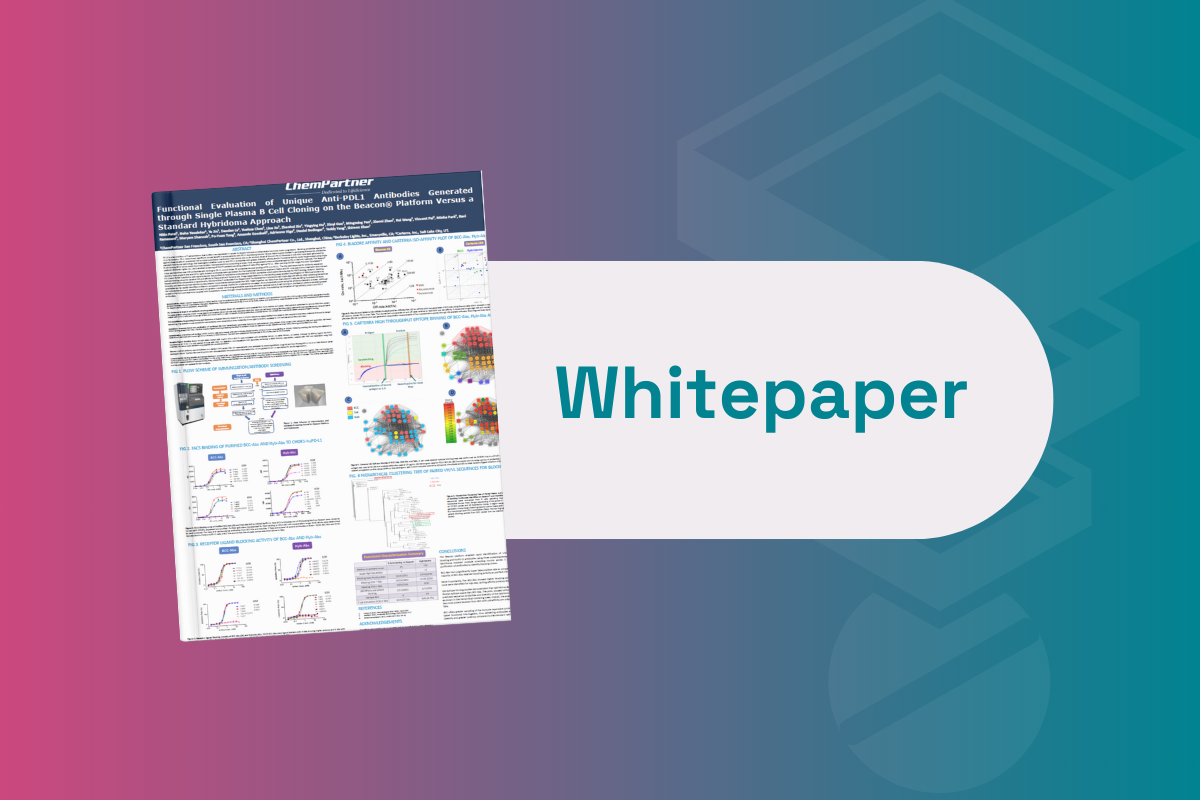$1.2m Quantum Computing Drug Discovery Grant Secured by Penn State Researchers

The National Science Foundation has awarded a 1.2 million USD grant to a team of researchers at Penn State University, PA. The grant will help the group research the use of quantum computing for AI drug discovery. The research team awarded the grant hope to design drugs that target and inhibit Ras proteins, which are implicated in many cancers.
As the chemical-structural space of pharmaceuticals and their interactions is so vast, enormous computational power is required for computer-aided drug design. Principal Investigator for the project and Penn’s Associate Professor of Electrical Engineering and Computer Science, Swaroop Ghosh, says that the unique architecture of quantum computers “give [them] the possibility of delivering exponentially more processing power to better handle certain complex problems.”
- Up-and-Coming Investigations in Drug Discovery and Development: Neuroscience and AI
- The Highs and Lows of Applying AI to Drug Design
“Drug discovery is a lengthy process that can span a decade and costs billions of dollars,” said Nikolay V. Dokholyan, the team’s co-principal scientist and G. Thomas Passananti Professor at Penn State College of Medicine. He added that “accelerating drug discovery by computationally screening a massive number of compounds promises to significantly reduce the costs and time for finding effective new cures against diseases.”
Explained: How do Quantum Computers Work?
You probably know that computers run their programs and commands in binary: ones and zeros, and that each piece of information, either one or zero, is called a bit. Quantum computers turn how we think about classical computing on its head, qubits (quantum bits) are subatomic particles, and thereby play by the rules of quantum mechanics.
Remember Schrödinger’s cat, where the cat can be simultaneously dead and alive until you open the box? Qubits can simultaneously be both a one and a zero: a superposition based on probability until measured. Furthermore, through the phenomenon of quantum entanglement, two qubits will have mathematically related outcomes when finally measured.
Because qubits can store bit states in parallel, for each byte of memory that a classical computer works with one at a time, a quantum computer can work with all 256 possibilities of a qubyte at once. The ability to perform calculations in this way gives quantum computers unprecedented computational power when compared to classical computers, which is why there is heavy interest in using them for complex programs such as AI and molecular dynamics simulations.
Ghosh said that “we lose millions of lives every year to diseases like cancer, for example, and the recent pandemic also indicated that we are ill-prepared to find effective drugs quickly.” The hope is that further research into using quantum computer drug discovery could prepare scientists to rapidly design cost-effective drugs.
Join and network with over 200 industry leaders at Discovery US: In-Person, where we will address the latest advancements in target identification, validation and HIT optimisation.
Get your weekly dose of industry news?here?and keep up to date with the latest?‘Industry Spotlight’ posts.?For other Discovery content, please visit the?Discovery Content Portal.







